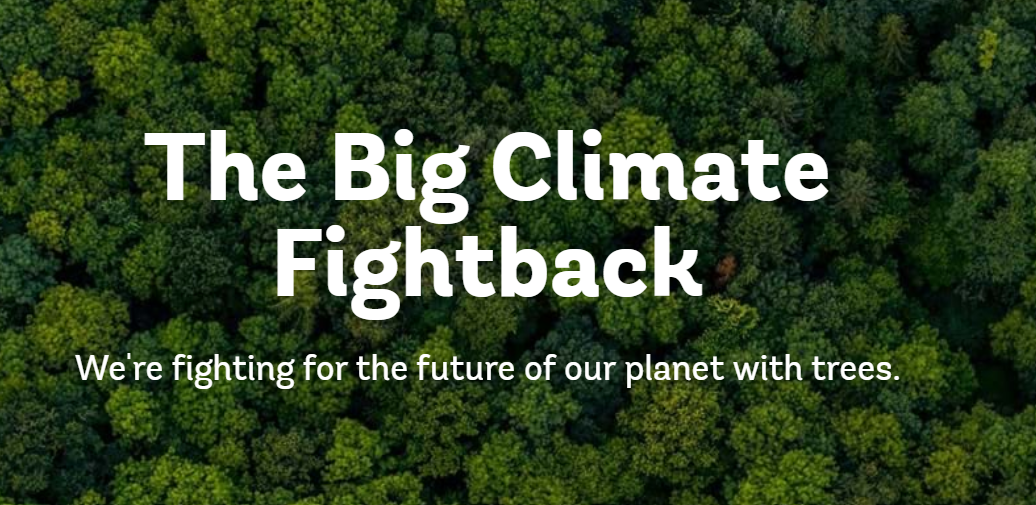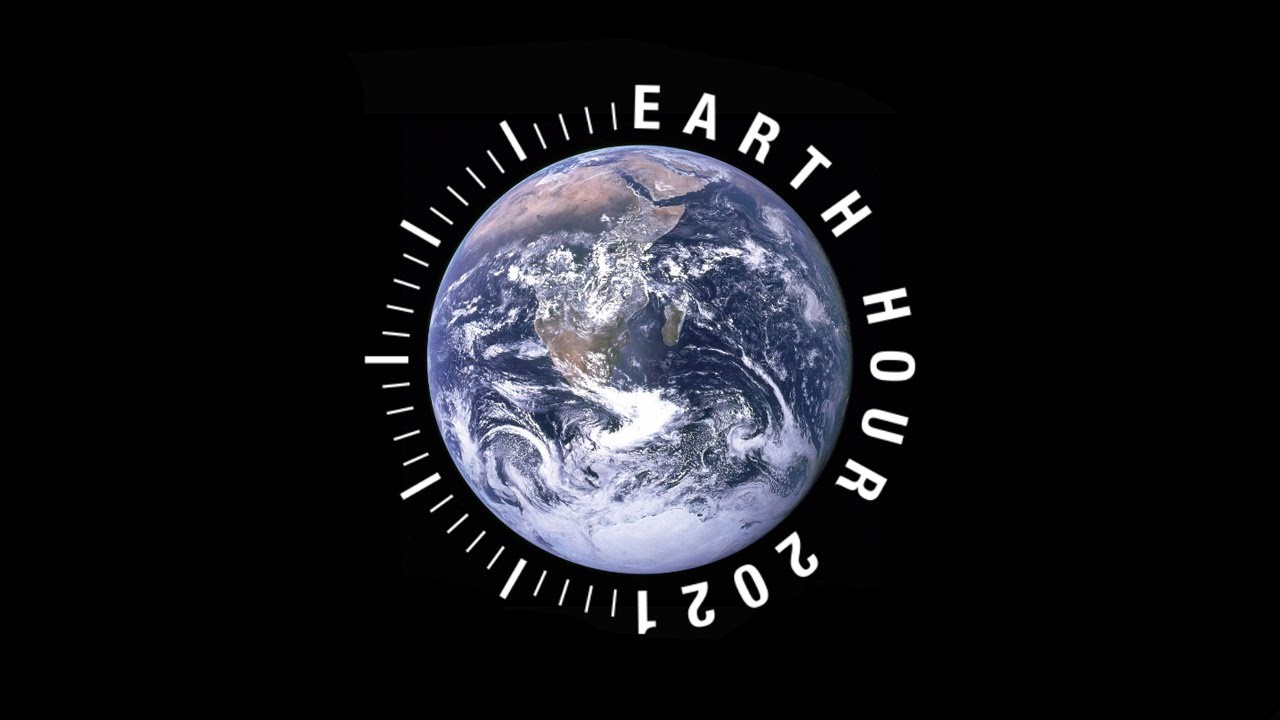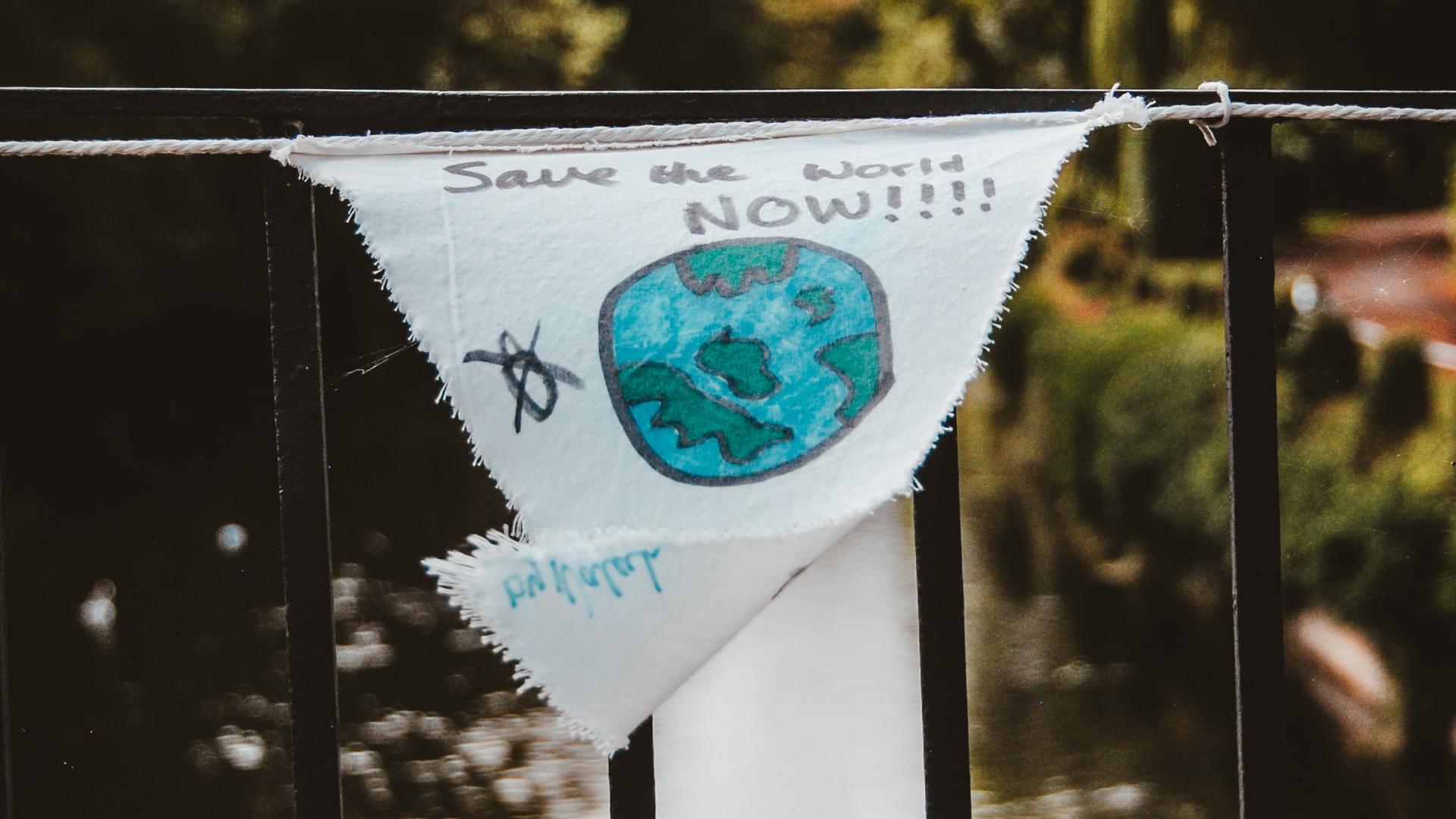A client asked us an interesting question recently about how catastrophic they can be in their messaging on the topic of climate change. Arguably, a ‘doom and gloom narrative’, emphasising the problems, costs and impacts of the climate crisis, has traditionally been the most dominant narrative. Extensive research has been conducted into how we communicate about climate change, with the right narrative being a key factor in driving motivation (and demotivation) when it comes to climate action. Of course, the approach taken depends on the charity, its supporters and other key audiences it is trying to reach.
But just how much appetite do the public have for being told we are doomed, and how can charities use this to best effect in their communications? This blog looks at the public’s current attitudes, how they respond to different types of messaging on climate change, and explores a few examples of tactics employed by charities and campaigners.
nfpSynergy’s Sector Insight, collected through our Charity Awareness Monitor, shows that 2 in 3 members of the public believe that they can now see the effects of climate change in the UK. And the public aren’t only aware of the effects of climate change nationally, the majority (56%) are seeing these effects in their region of the UK. Just under three-quarters (71%) think that there will need to be significant changes to how the world works in order to cope with the effects of climate change and a majority are ready to take this into their own hands, with 56% believing they will need to change how they live to cope with the effects of climate change.
The ways in which organisations communicate, raise awareness and campaign for change are diverse, and being told that we’re doomed because of climate change is not a new thing, in fact it feels quite normal now. Grassroots movements such as Fridays for Future and Extinction Rebellion have given renewed attention to this narrative. Though controversial to some in their approach, there is no doubt that the tone and narratives (alongside actions) have attracted widespread attention, particularly among young people.
Let’s take a closer look at a few examples of different types of approaches to comms and campaigning. When we began tracking Extinction Rebellion in early 2019, only 14% of the public said that they had heard of the movement. One year later this figure had skyrocketed to nearly 2 in 3 people (59%) having heard of them and this level of awareness has been maintained ever since. Their messaging and headline-grabbing actions are clearly cutting through and have driven phenomenal success in a very short space of time.
“WE ARE FACING AN UNPRECEDENTED GLOBAL EMERGENCY. LIFE ON EARTH IS IN CRISIS: SCIENTISTS AGREE WE HAVE ENTERED A PERIOD OF ABRUPT CLIMATE BREAKDOWN, AND WE ARE IN THE MIDST OF A MASS EXTINCTION OF OUR OWN MAKING.”
Regardless of the ways in which charities, organisations and movements may choose to communicate about the climate and nature emergency, what is crucial for all is action. The public need to see that a charity is not just talking the talk on climate change, it is also walking the walk.
A charity that employs similar attention-grabbing tactics is Greenpeace. As a campaigning charity Greenpeace takes a more direct approach to communicating the reality of climate change, what needs to be done and who needs to do it. They’re known for big stunts and hard-hitting campaigning and their most recent campaign ‘Wasteminster’ shows a horrific visualisation of the plastic the UK dumps on other countries. Its humorous mockery of political figures combined with shocking visuals makes it hard to look away. Our Charity Awareness Monitor data shows that Greenpeace maintains awareness among the public at incredibly high levels – just over 4 in 5 have heard of them. Their actions and communication strategy is clearly getting through to the general public, although they are experiencing falling awareness levels among younger audiences.

Taking a different approach, Woodland Trust is tackling climate change with a pledge to plant 50 million trees in the next 5 years. A much subtler tactic than Extinction Rebellion and Greenpeace employ, their messaging is on brand with the charity’s wider conservation and woodland focus, appealing to their audiences and creating an overall compelling and action driven message. More than 3 in 4 have heard of Woodland Trust and 1 in 3 have heard of The Big Climate Fightback, showing that their nature-based solutions and differing approach to action have created similar levels of exposure.

WWF have been advocating and campaigning for wildlife and the climate for over 60 years, growing into one of the world’s most well-known environment and conservation charities. Their recent campaign ‘Nature needs you’ and annually recurring movement ‘Earth Hour’ both emphasise the role of the individual in tackling climate change. The magnitude of the climate crisis can be paralysing, so personal messaging instead allows the possibility of change on an individual level and helps to create a sense of agency and community. WWF’s Earth Hour is now it its 15th year and the last time we prompted this campaign in 2018 over 1 in 3 (38%) had heard of it highlighting the enormous success of their messaging.

The environmental crisis remains real and urgent and creating messaging that is relevant and engaging can be difficult. Whether using shock tactics, headline grabbing stunts, targeted action or emphasising the role of the individual, the examples above show that a charity’s messaging and campaigning strategies all come with their own successes and challenges. Demonstrating action is key, as is striking the right (and successful) balance between urgency and hope that works for your charity, its supporters and its key audiences.
If you’d like to find out how you can measure brand and campaign success with nfpSynergy please download the Charity Awareness Monitor briefing pack and get in touch with our team at CAM@nfpsynergy.net
So different strategies work
So different strategies work in different ways to create awareness. Awareness is good, but the real question is which strategies make people actually change their own actions (eat less meat, drive less, buy an electric car, etc.) and vote for climate active politicians, or even campaign themselves. These are the real questions which you should seek to answer. Much harder than just assessing awareness, but the most important, and it can be done.

